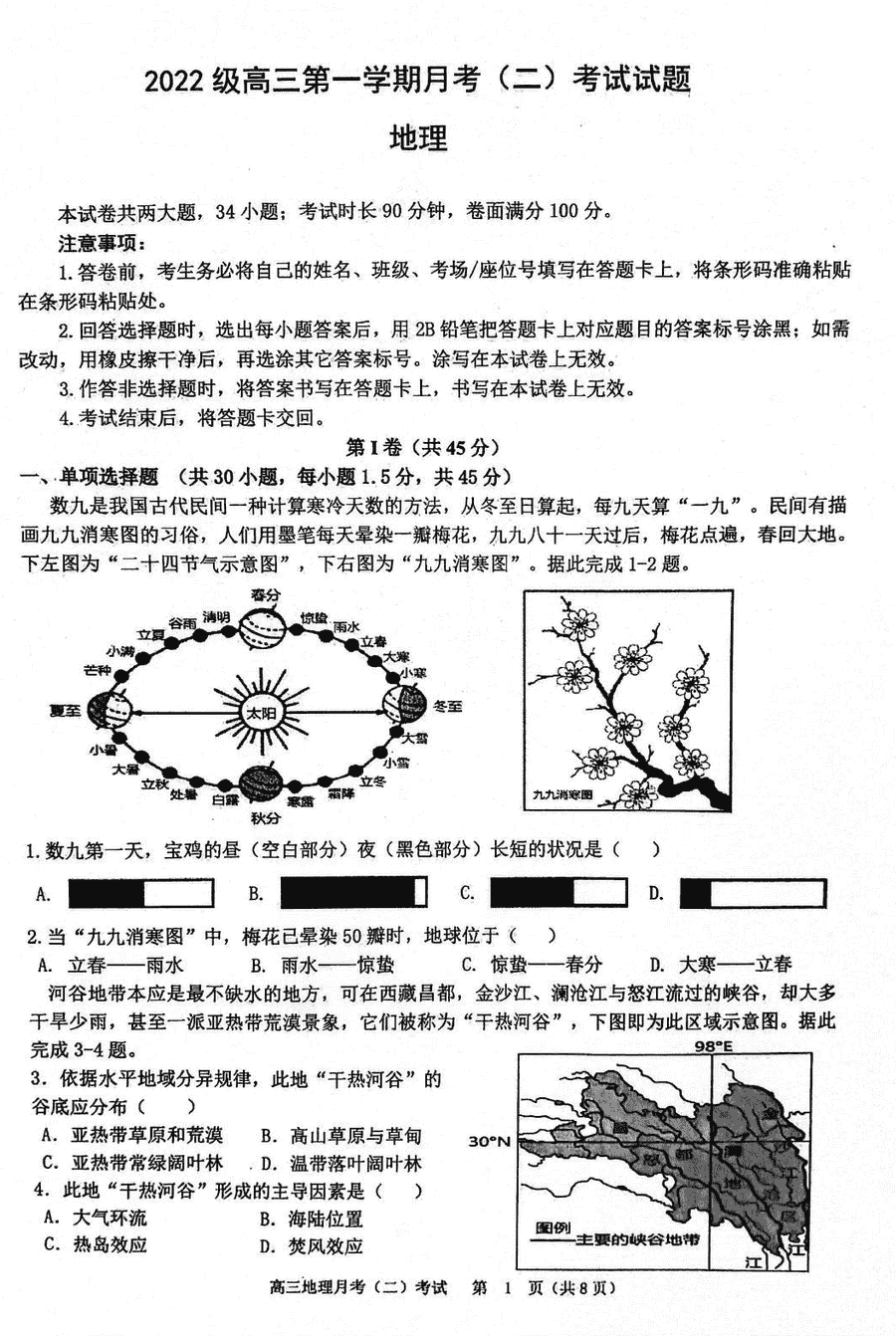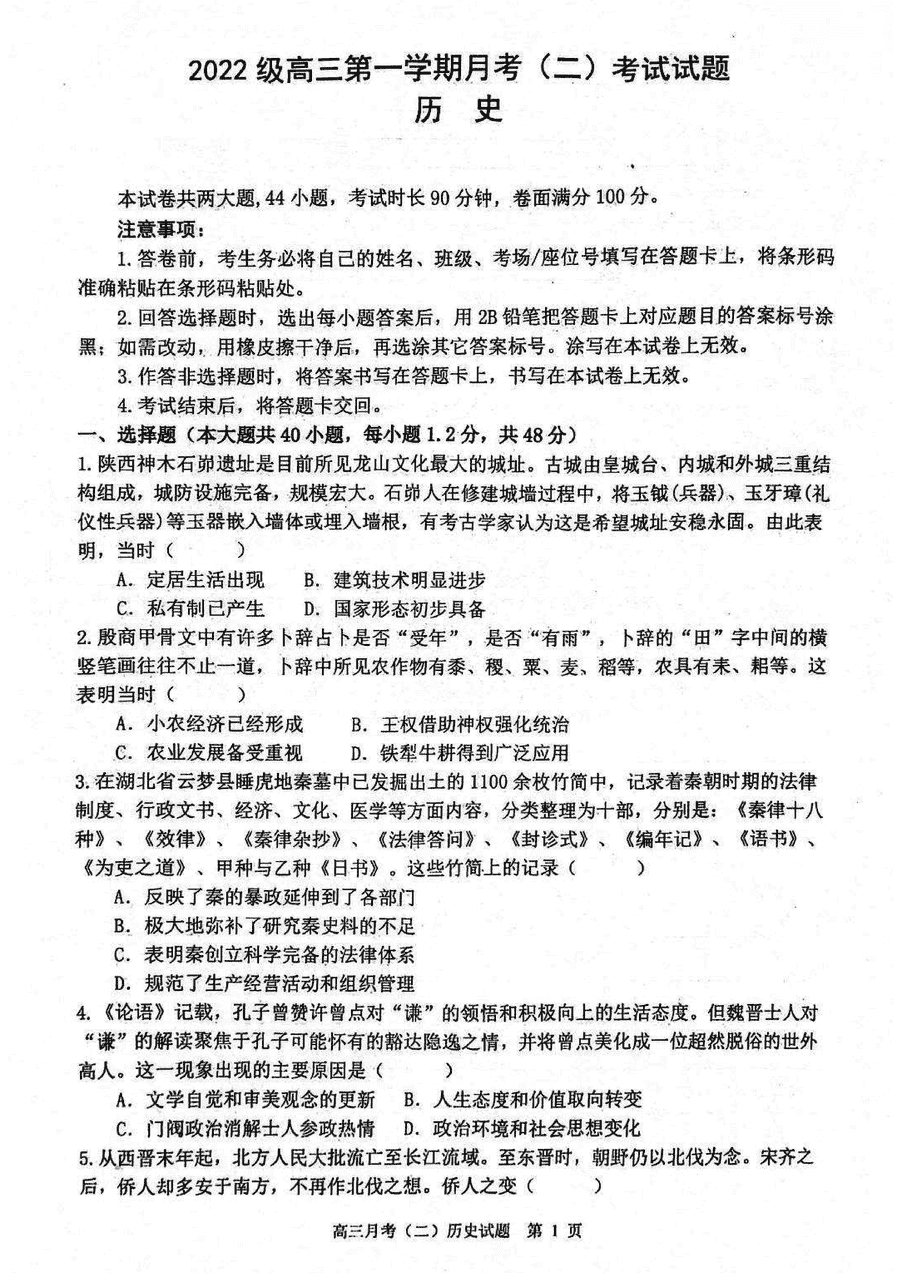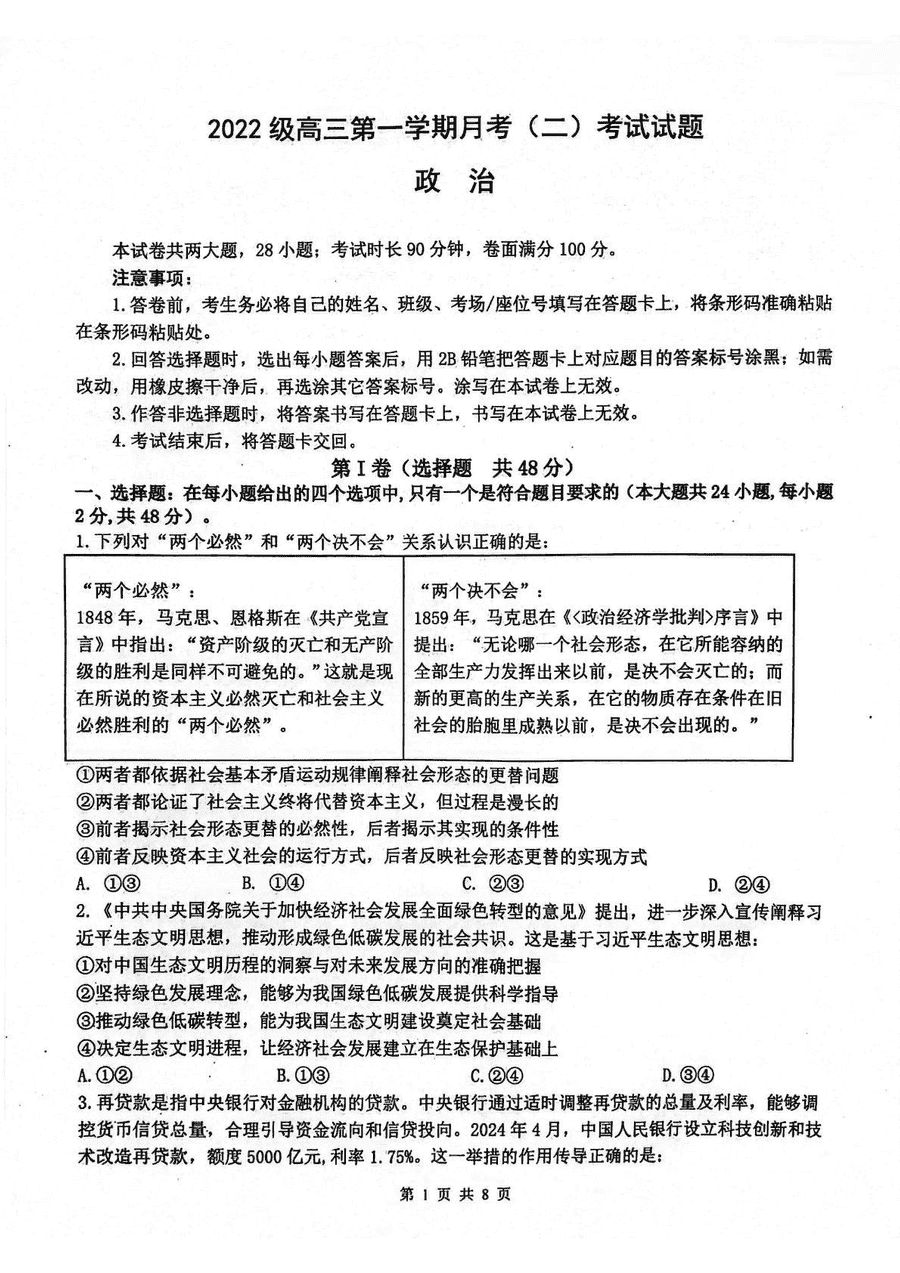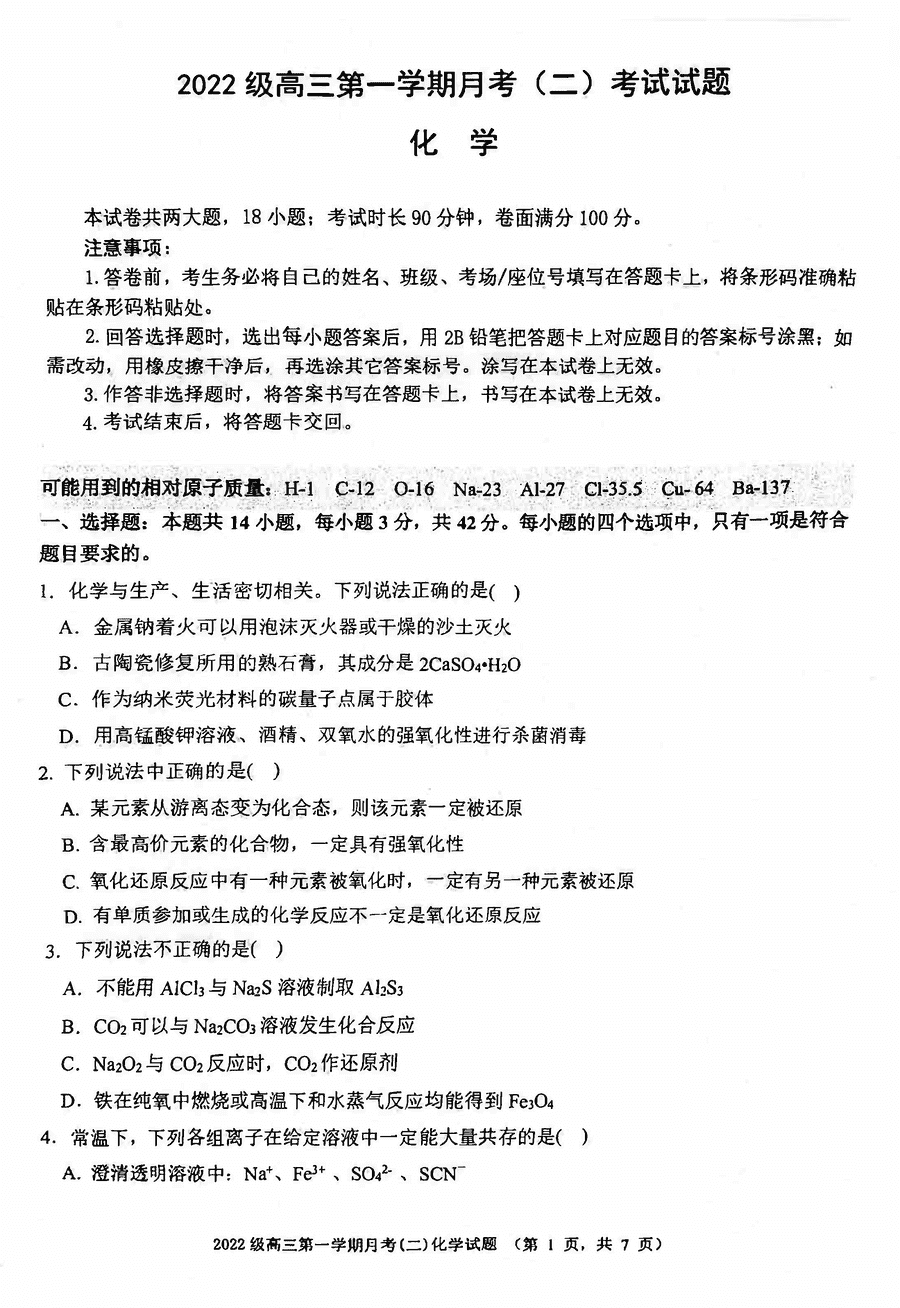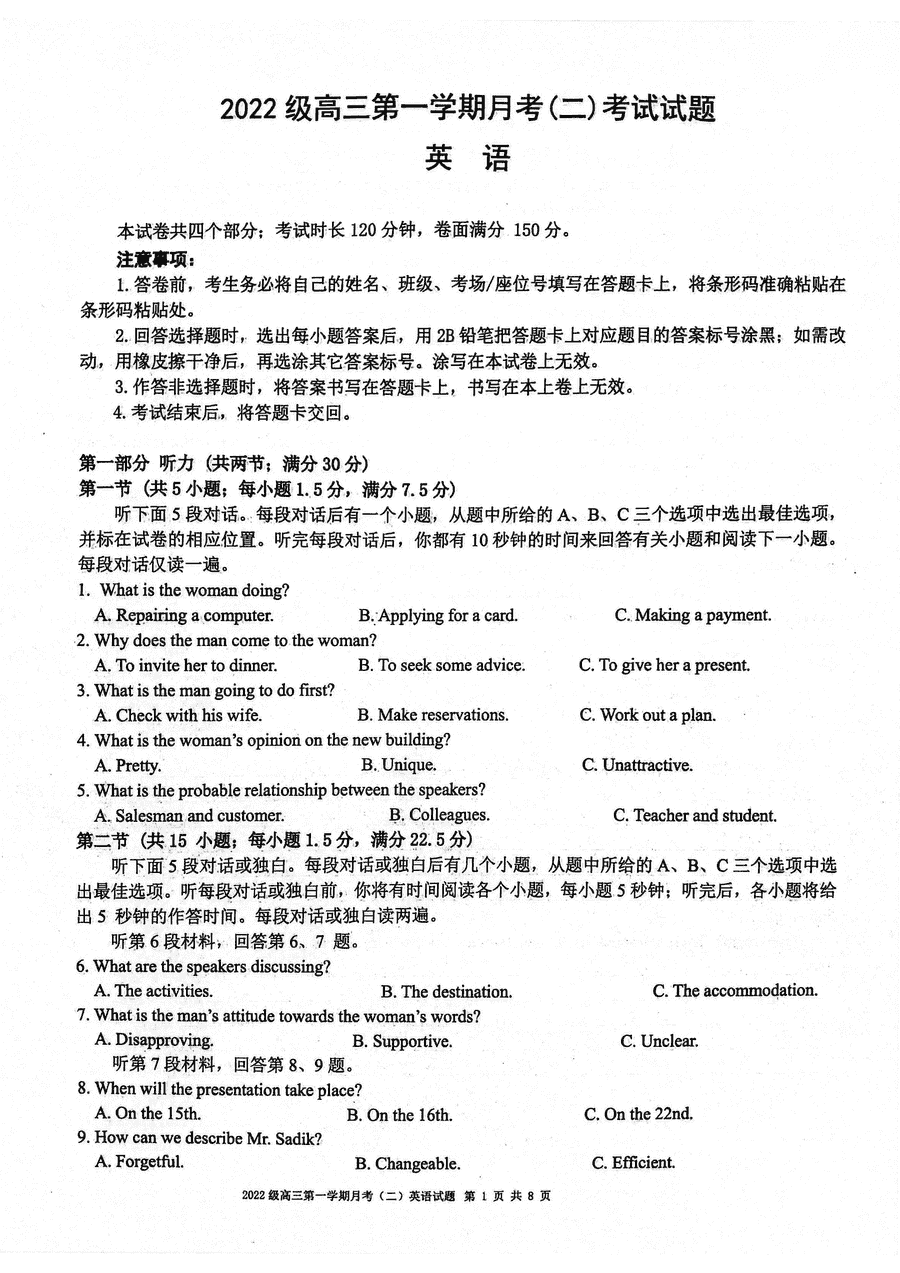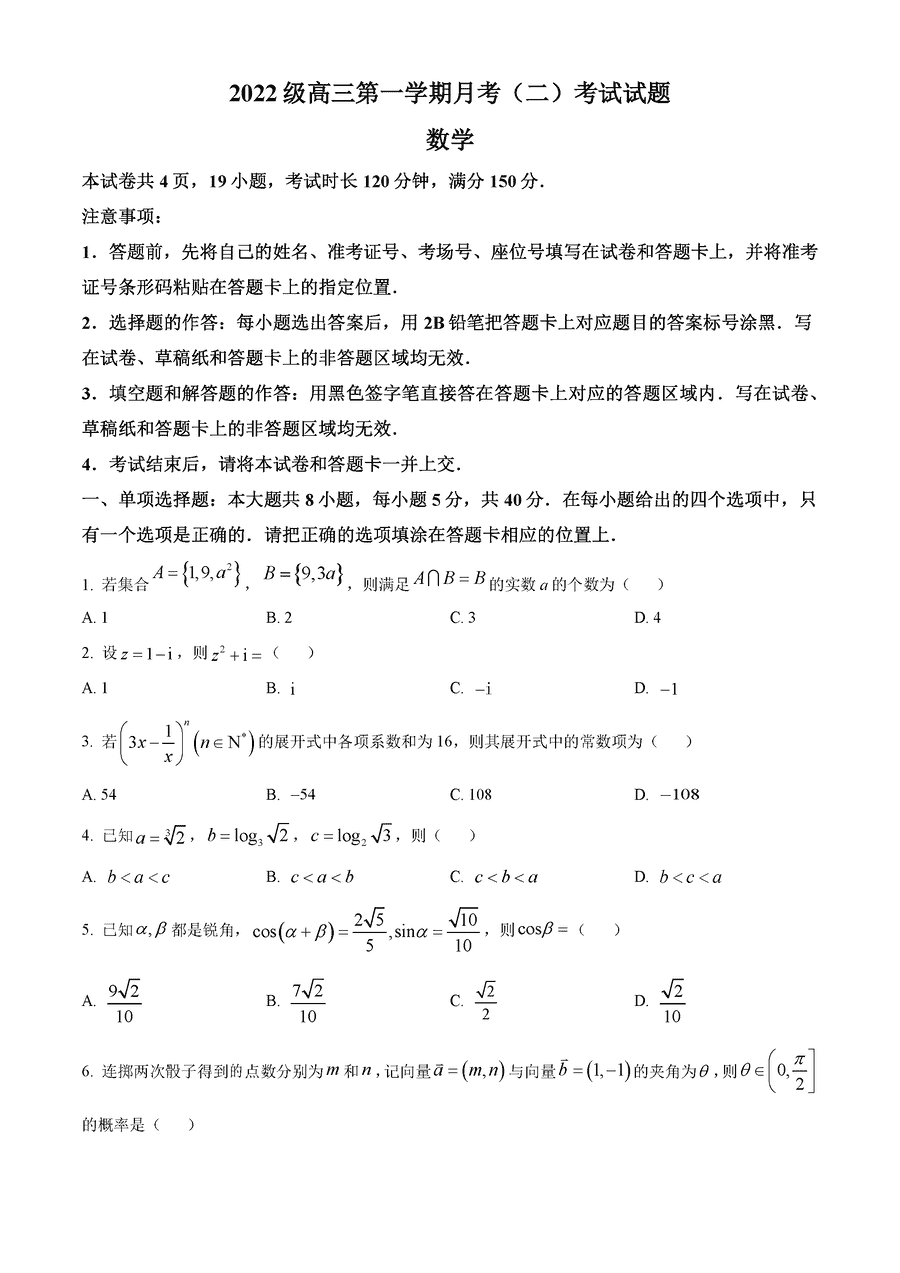have to和must的区别
have to和must强调重点不同:两者都表示“必须”,但 must 侧重于说话者的主观看法,认为有必要或有义务去做某事;have to 则重于客观需要,含有“不得不”或“被迫”之意。

have to和must的区别有哪些
1、含义不同:must表示主观上认为有义务或有责任必须做某事,强调说话人的主观看法,如:Everyone must obey the traffic rules。每个人都必须遵守交通规则。have to表示由于客观因素而不得不做某事,强调客观需要。
2、侧重点不同:must和have to 都可以表示“必须”,但侧重点不同:must强调说话者的主观看法,如: I have a good time here, but I must leave now. 我在这儿玩得很开心,但现在得走了。
而have to则强调客观上的需要,如:My grandma can’t look after herself, so I have to take care of her. 我奶奶照顾不了自己,因此我不得不照顾她。must没有人称、数和时态变化,但have to有。
3、否定含义不同:在否定句中,mustn’t表示“不许,禁止”don’t/doesn’t/didn’thave to表示“不必,无须”,相当于needn’t。如:Look at the sign. You mustn’t park here.看那个标志,这里禁止停车。
含有must的一般疑问句,其肯定回答用must,否定回答用needn’t或don’thave to;回答含有have to的一般疑问句时,要用do的适当形式。
have to和must的双语例句
have to:
Of course, it had to start raining as soon as we got to the beach.
可恶的雨,我们一到海滩它就非得下起来。
This war has got to end soon.
这场战争必将很快结束。
must:
1、We must make good use of the available space.
我们必须充分利用现有空间。
2、And again, we must think of the cost.
再说,我们必须考虑成本。
3、You've been a great help, I must say.
依我看,你真是帮了个大忙啊。
